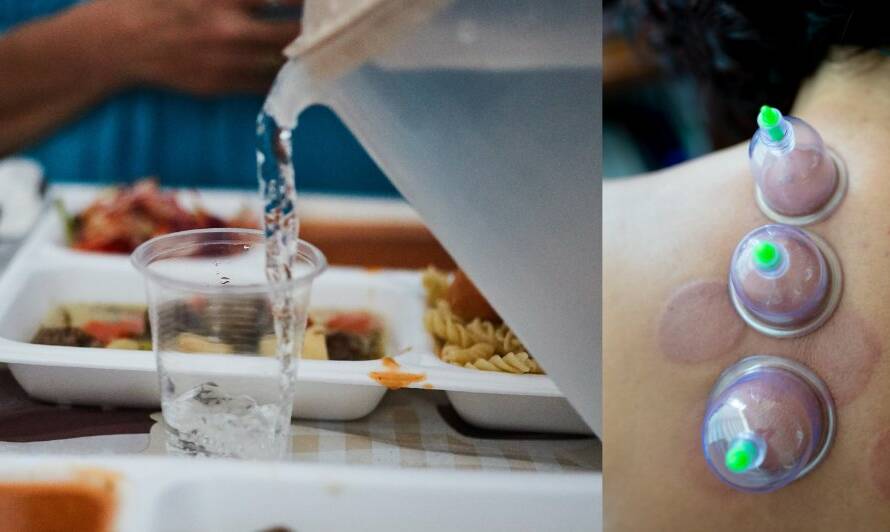Are you curious about the different cupping techniques available to enhance your well-being? In this article, we will delve into the fascinating world of cupping techniques, including dry cupping, hijama, and wet cupping. Understanding these various approaches can help you make informed decisions about the best method to incorporate into your holistic health routine. Here are the key differences and benefits of each:
Dry Cupping Vs Hijama Wet Cupping
Explore the difference between dry cupping and wet cupping, known as hijama. Both are ancient therapies aiming to promote wellness. Dry cupping involves suction on the skin’s surface, while wet cupping includes controlled skin punctures to remove a small amount of blood.
Exploring Dry Cupping:
- In dry cupping, cups are placed on the skin to create a suction effect without making any incisions.
- It helps improve blood circulation, relax muscles, and promote pain relief.
- Dry cupping can be used to alleviate muscle tension, reduce inflammation, and aid in relaxation.
- It is often used for conditions like back pain, neck pain, muscle soreness, and sports injuries.
- Dry cupping does not involve the removal of blood.
Understanding Hijama (Wet Cupping):
- Hijama involves creating small incisions on the skin before placing cups to draw out a small amount of blood.
- It is believed to help remove stagnant or toxic blood from the body, promoting detoxification.
- Hijama is considered a therapeutic procedure that helps stimulate blood flow, release harmful substances, and balance the body’s energy.
- It is commonly used to treat a range of conditions, including migraines, infertility, hormonal imbalances, and general well-being.
- Hijama is performed by trained professionals who follow specific guidelines to ensure hygiene and safety.
Both dry cupping and hijama are highly regarded cupping techniques that offer a range of benefits for your overall well-being. When deciding between these two modalities, it’s essential to consider your specific health goals and personal preferences to make an informed choice.
Dry cupping is primarily focused on improving blood circulation, reducing muscle tension, and promoting deep relaxation. This technique involves the use of suction cups placed on specific areas of the body to create a vacuum effect, stimulating blood flow and relieving muscle stiffness.
On the other hand, hijama is a traditional cupping method that emphasises detoxification and restoring the body’s energy balance. With hijama, small incisions are made on the skin, followed by the application of suction cups to draw out stagnant blood and toxins from the body, promoting overall detoxification and revitalisation.
The decision between dry cupping and hijama depends on your individual needs, preferences, and the guidance of qualified professionals. Consulting with an experienced cupping therapist can help determine the most suitable technique based on your specific concerns and desired outcomes.
If you’re interested in experiencing the benefits of hijama cupping, we invite you to visit our services page for more information and booking details. Our dedicated team of professionals is here to provide you with exceptional hijama cupping services tailored to your unique wellness journey.




